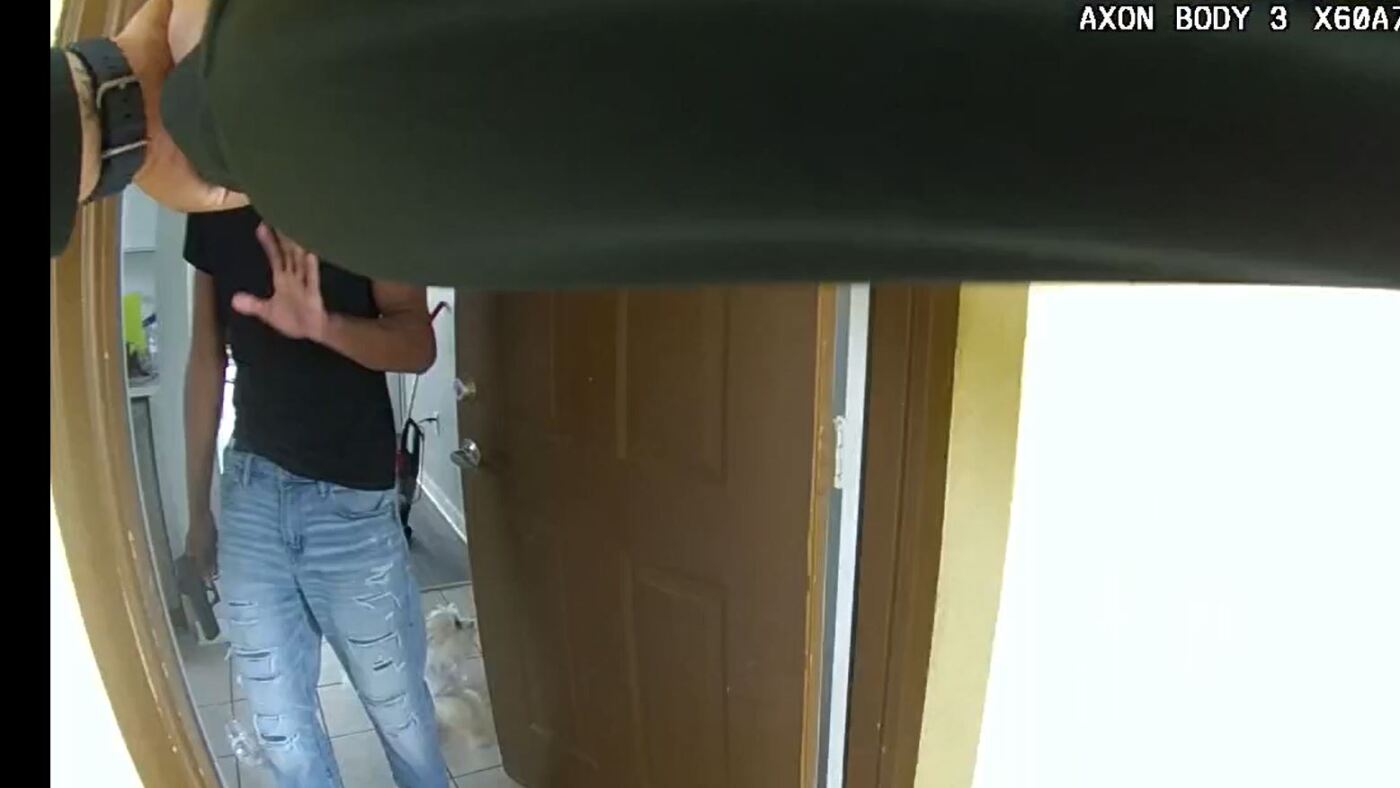EU ministers will on Friday press Brussels to crack down on multinational companies that force retailers to pay sharply different prices for the same branded product, such as chocolate or biscuits, costing consumers an estimated €14bn a year.
Eight governments will present a paper to the European Commission asking it to toughen single-market rules to stop effective bans on so-called parallel trading, in which retailers purchase products more cheaply from another member state.
The commission on Thursday fined Mondelez, the maker of Toblerone and Philadelphia cheese, €337.5mn for restricting wholesalers from buying biscuits, chocolate and coffee in one member state, where prices may be low, to sell in another. “It’s illegal,” Margrethe Vestager, competition commissioner, said of the ban.
But governments and retailers say these practices are common across Europe’s single market, which is supposed to eradicate such barriers to trade within the union.
Smaller countries such as Belgium, Croatia, Denmark and Greece are among those backing a proposal from the Netherlands to end so-called “territorial supply constraints” (TSCs), what the proposal described as “different prices within the EU for identical products”.
The group wants an explicit ban on contracts containing such conditions and the abolition of a requirement to provide lengthy labels in a local language. This could be replaced by a QR code taking customers to a website in their language.
Competition investigations such as the probe into Mondelez are time-consuming and rely on evidence from wholesalers and retailers who are reluctant.
“If you try to buy branded goods from another country the producer will cut off your supply. And some big brands you have to stock,” said a retail executive, who declined to be named.
Dutch government research found TSCs applied to 1 in 25 products, with prices on average 10 per cent higher than in the cheapest markets.
A European Commission study of 16 member states in 2020 found that TSCs cost consumers €14.1bn annually.
Micky Adriaansens, economy minister of the Netherlands, said: “Removing trade barriers should be a key priority for the single market. This helps in keeping consumer retail prices for food and non-food products fair — something which is especially important in times of high consumer prices.
“The eight member states are proposing a concrete way forward towards an EU ban on TSCs by amending existing or new common EU rules or instruments,” she added.
Asked by reporters if new rules were needed, Vestager said: “It’s illegal to prevent traders to buy in one member state and to sell in another.”
“We hope this case will work as a deterrent . . . we have more cases in the pipeline,” she added.
Ursula von der Leyen, Commission president, has said improving the single market and business competitiveness would be a priority of her second term if she is reappointed after June elections.
Enrico Letta, the former Italian prime minister, highlighted the issue of buying restrictions in his recent report on the future of the single market.
Separately Kyriakos Mitsotakis, the Greek premier who is an important figure in Von der Leyen’s European people’s party, has written to her to urge action.
In a letter seen by the Financial Times he wrote that Greece and other member states suffer from “the unreasonably high prices” for branded essential consumer goods compared to some other EU countries.
He said it was crucial the bloc showed voters before the elections that it could “intervene decisively, swiftly and effectively in order to find solutions to these problems”.
He also called for a ban on companies selling the same product under a different brand name in different member states.



























